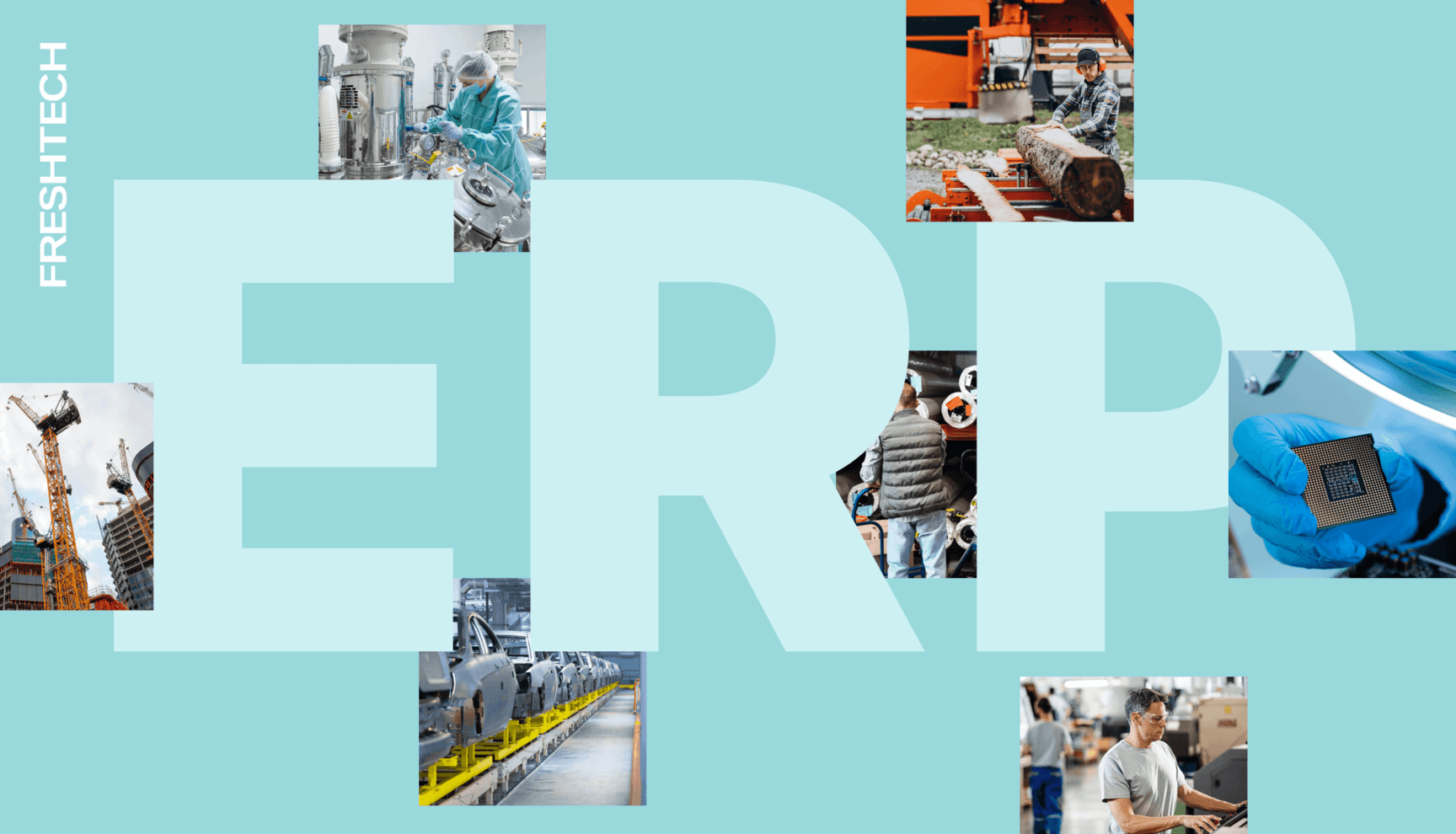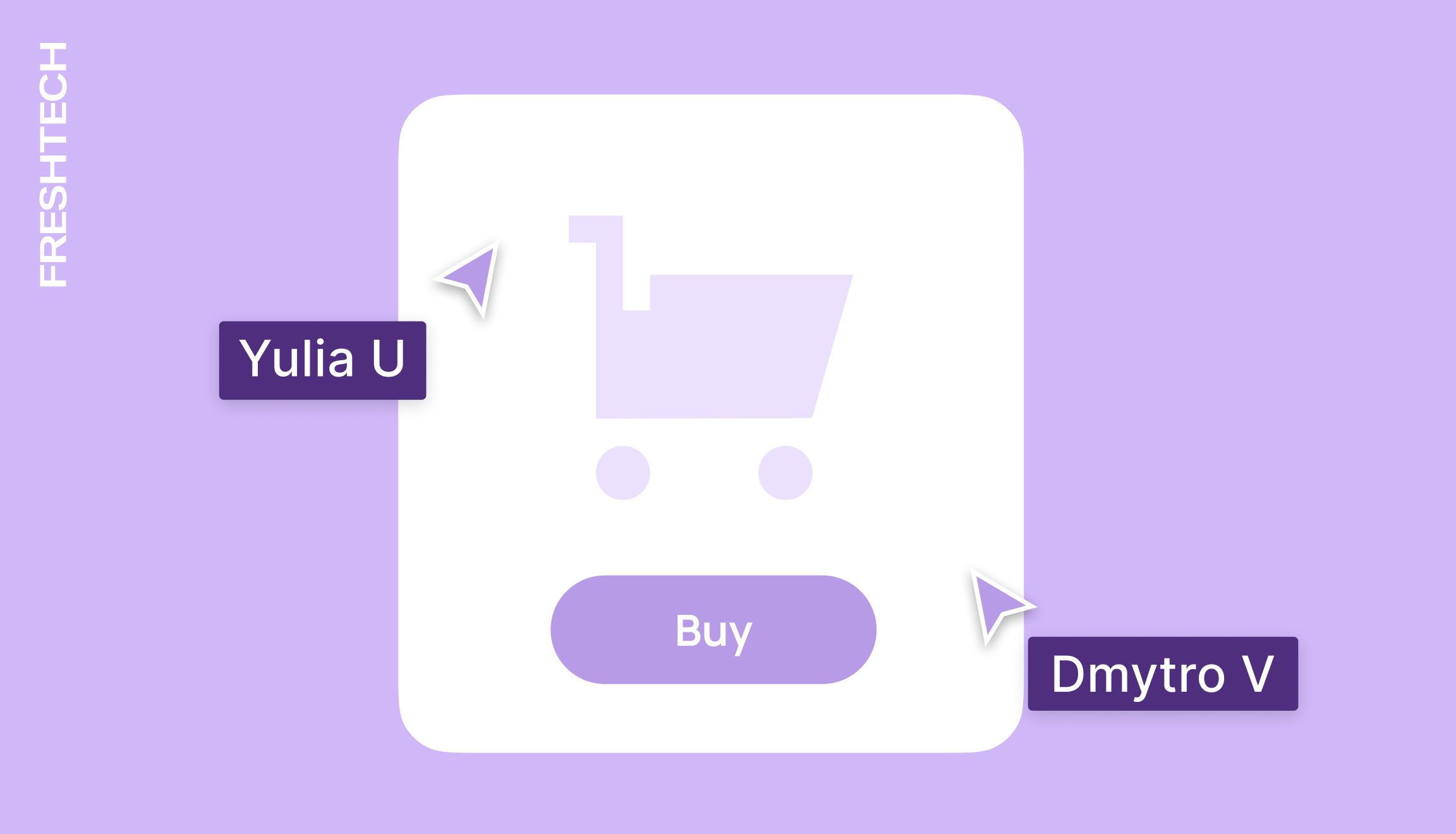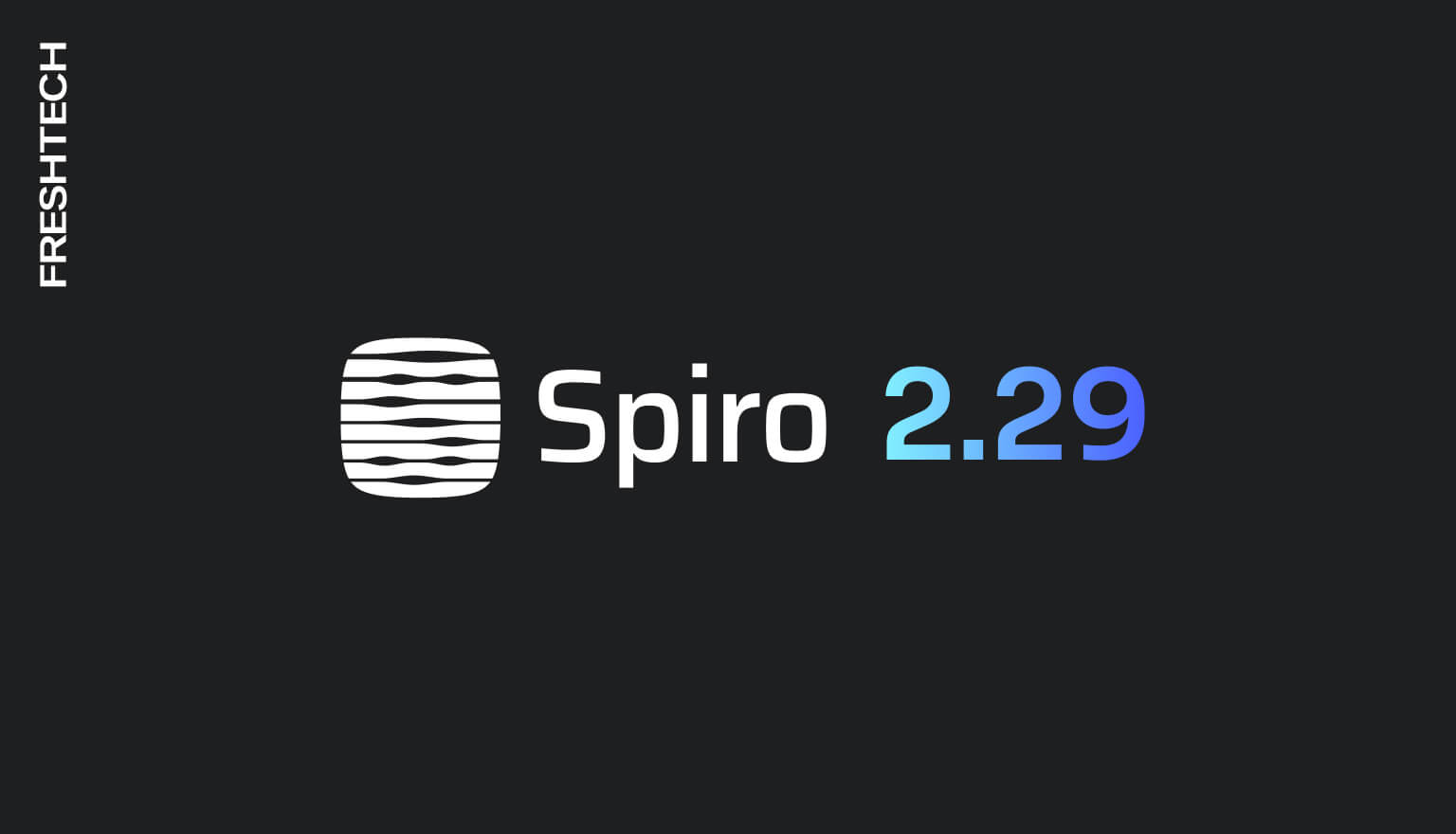How to Choose an ERP System That Aligns with Your Business Goals

How can you get the most out of implementing an ERP system? To ensure your investment delivers real impact, start by defining your business needs. The system should adapt to your processes and enhance them, not the other way around. Read on to discover what to pay attention to when choosing ERP software that will actually work for you.
Choosing an ERP system starts with understanding the business outcomes you want to achieve. So before you begin evaluating specific solutions, it’s important to clearly define your priorities. These questions can help:
🔺 Which processes need optimization the most?
For example: inventory management, finance, production planning.
🔺 What are the company’s plans for scaling over the next 1–3 years?
Will the system allow you to add new modules and expand its capabilities as you grow?
🔺 Which tasks consume the most time and money?
Which resources are currently being used inefficiently and could be optimized?
Custom ERP or off-the-shelf solution?
Off-the-shelf ERP systems are suitable for companies with standard business processes. They are easier to implement, come with a fixed set of features, and have a predictable cost.
The benefits include fast deployment and lower initial investment. However, such solutions often lack flexibility and can be difficult to tailor to a company’s specific business logic.
Custom ERP systems are a better fit for companies with unique processes, complex structures, or ambitious growth plans. They offer greater flexibility, integrate easily with required services, and fully align with business needs. These solutions can be expanded gradually by adding new modules or features as the company evolves.
The choice between a boxed solution and custom software depends on the scale and complexity of your operations. For small businesses, standard functionality is often enough, while larger companies with extensive processes typically require more flexible solutions.
What matters most when choosing an ERP system?
Flexibility and customization
The system should adapt to your business processes, not the other way around. It’s important to have the ability to tailor modules to specific operations, configure user roles and access permissions, and customize the interface to fit your workflows.
Scalability
Scalability involves not only increasing the number of users, processes, or business areas, but also the system’s ability to handle larger volumes of data and support new integrations. The system should remain efficient and responsive regardless of the pace of business growth.
Modules and integrations
With a modular architecture, an ERP system can be gradually expanded and integrated with new services without complex changes or long development cycles. A custom approach allows you to tailor modules to your processes and add only the functionality you actually need.
Analytics
Quick access to up-to-date data is essential for managers at all levels. An ERP system should offer convenient tools for visualizing metrics so that changes can be noticed and addressed promptly. It’s also helpful if the system lets you create custom widgets and tailor them to specific tasks, goals, and business areas.
Mobile access
The ability to use an ERP system on mobile devices can be an important factor when choosing a solution, especially for teams working outside the office, such as in manufacturing, logistics, service, or sales.
Data security
Protecting corporate information is a critical aspect when choosing an ERP system. It’s important that the ERP meets security standards, supports access control and role management, and logs system activities to ensure audit transparency.
An ERP system is a long-term investment in business efficiency, manageability, and growth. To make a well-informed decision, it’s essential to consider not only current tasks but also the company’s strategic goals. Assess how well the system adapts to your processes, whether it can scale with your business, and if it offers the necessary integrations.
Considering an ERP implementation for your company? Leave your contact details in the form, and our manager will get in touch with the right solution for you.




















